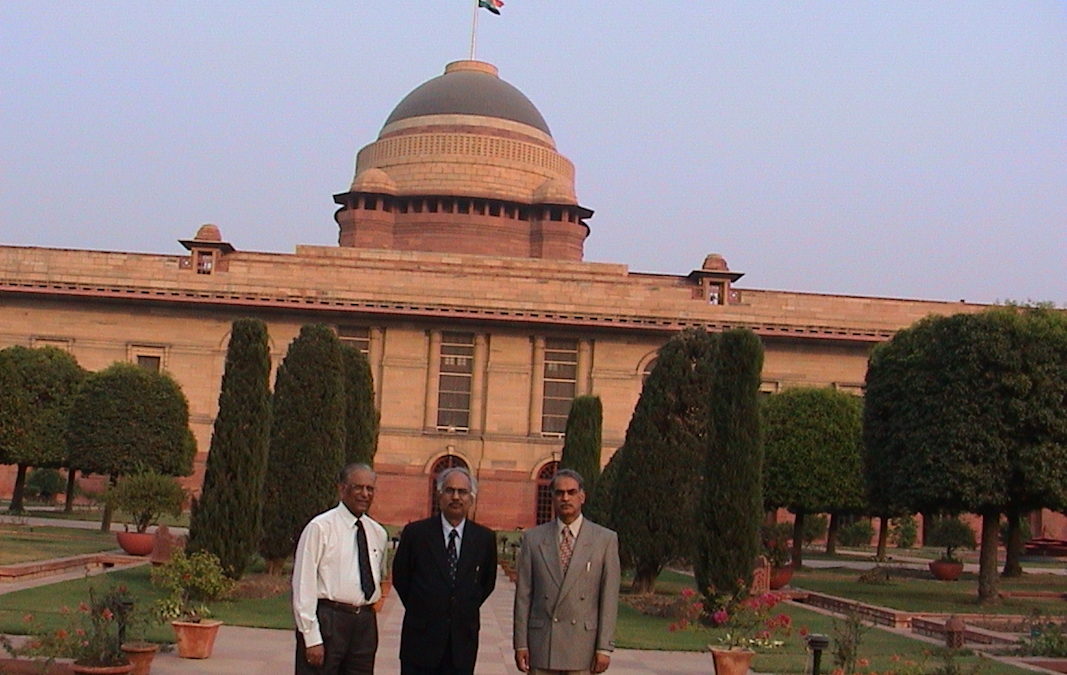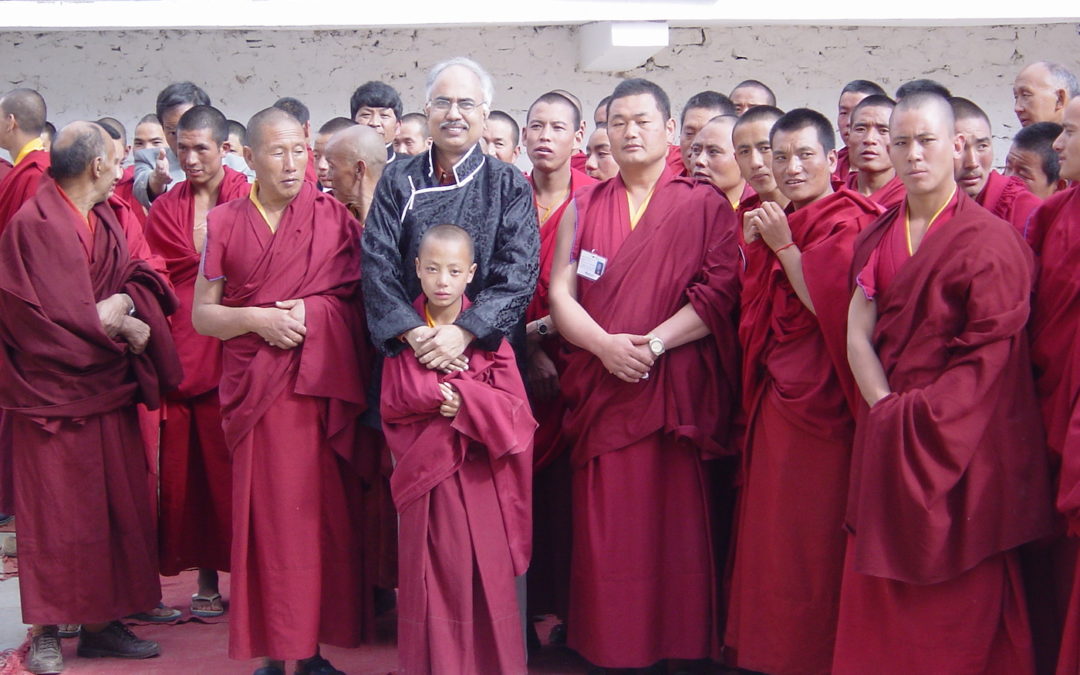
January 26, 2004
January 26, 2004
Meeting President Lula De Silva of Brazil was a great personal experience. He was invited as the Chief Guest of India on the occasion of the Republic Day 2004 and President APJ Abdul Kalam had hosted a dinner for him at the Rashtrapati Bhavan. Not only did I get a seat at the dinner table, but President Kalam also briefed President Lula about the work he had assigned to me – developing civilian spinoffs of defence technology in the medical sector with the aim of reducing the costs of certain devices and materials which were not affordable in the 1990s (many of them are not affordable even today).
President Lula held my hand in a tight grip with love and admiration. Such warmth is rarely seen in leaders who occupy high offices. In President Lula’s grip, I could feel the missing little finger of his left hand. Lula was born in poverty and earned his bread as a shoeshine boy. He started working in a factory as a teenager. When he was 19, his finger got crushed while working as a press operator in an automobile parts factory. Looking in his eyes, I could feel an indomitable spirit in flesh and blood.
Brazil was ruled by the Military in those days. Young Lula joined the labor movement and rose to become the president of the Steel Workers’ Union in the ABCD Region, four industrial cities near Sao Paulo. Brazil got rid of military rule in 1985 and has been a stable democracy since then. A strident union organizer known for his bushy beard and Che Guevara T-shirts, Lula was an icon, even before he won the 2002 Presidential elections.
President Lula became a great friend of India. He was honored with the Jawaharlal Nehru Award for International Understanding in 2006 and the Indira Gandhi Prize for Peace, Disarmament and Development for 2010, before he served two terms as president and left office on 1 January, 2011. His Fome Zero (Zero Hunger) program is a shining example of what a committed leader can do for his people. Under Lula’s presidency, not only did Brazil become the world’s eighth largest economy and the sixth largest shipping industry in the world, but 20 million people were also lifted out of poverty.
In the 2010 elections, Lula’s Chief of Staff – Dilma Rousseff was elected President of Brazil. She won a second term in 2014. But then, every rise is followed by a fall, as day is followed by night. In 2016, she was impeached for corruption charges and removed from presidency. In 2018, Lula was the front runner, but was arrested and sentenced to a prison term for ‘passive corruption’ charges, ending the Left-rule, and Right-wing politician Jair Bolsonaro became the President, ending the long rule of the Left Party.




